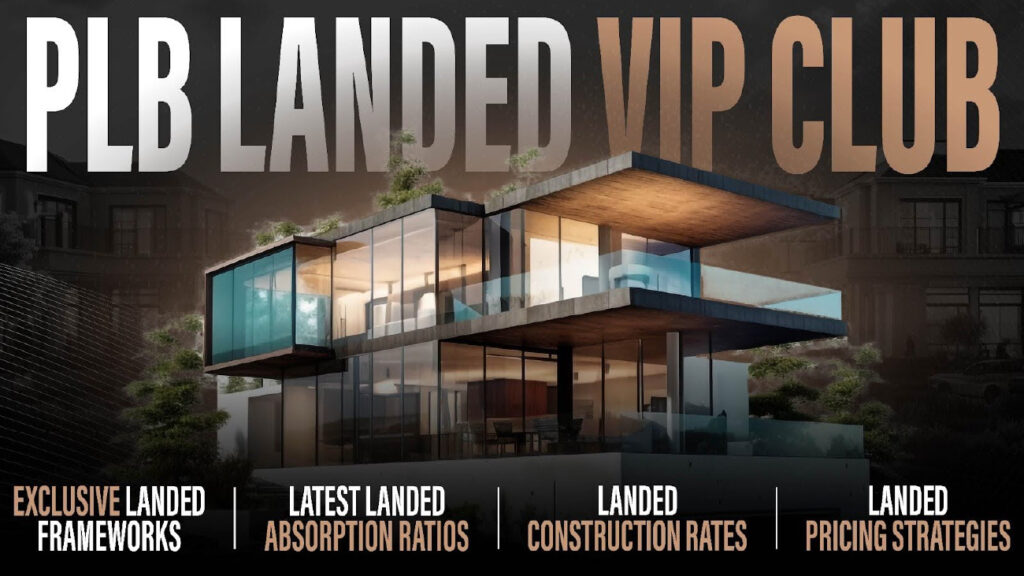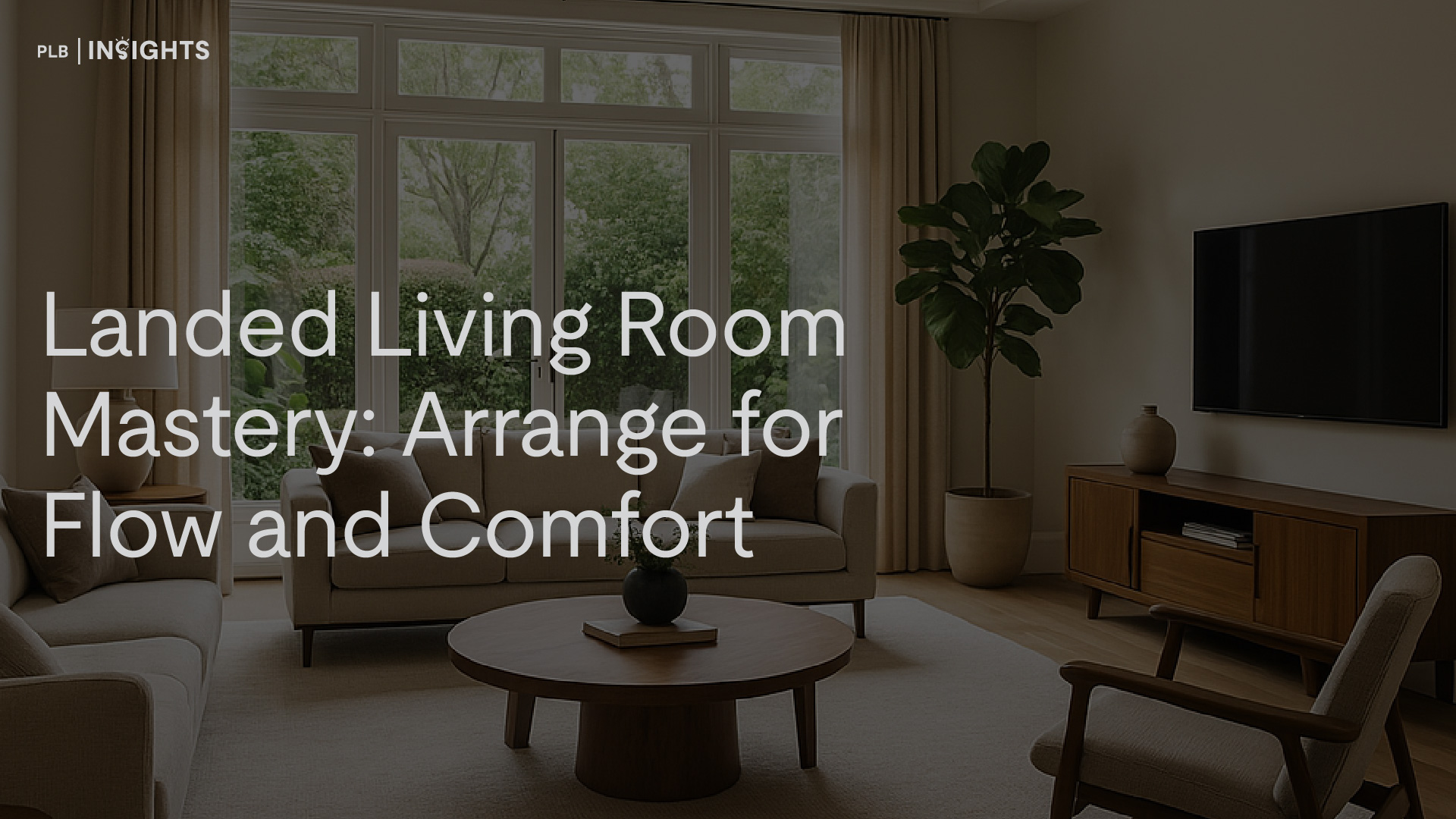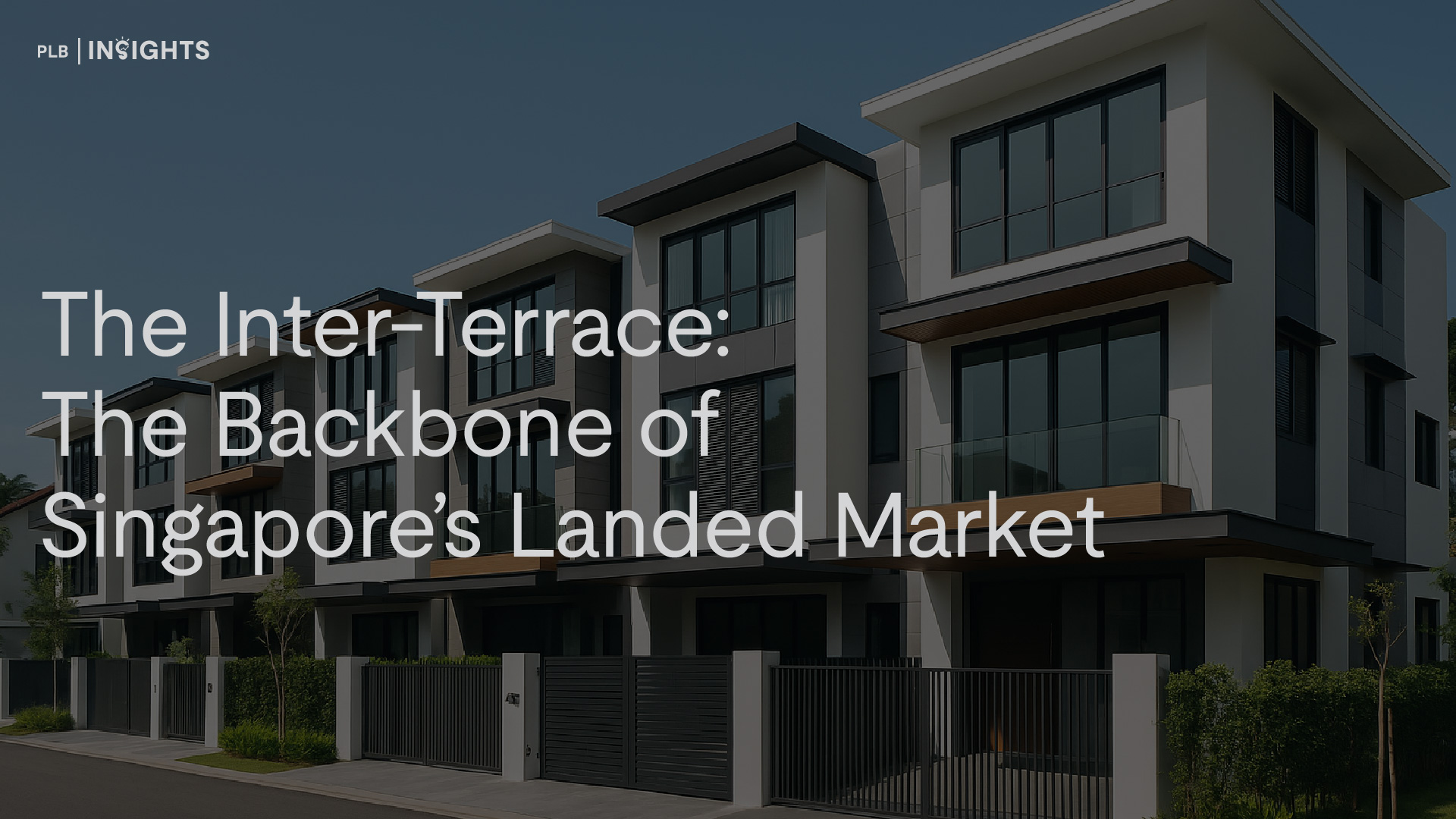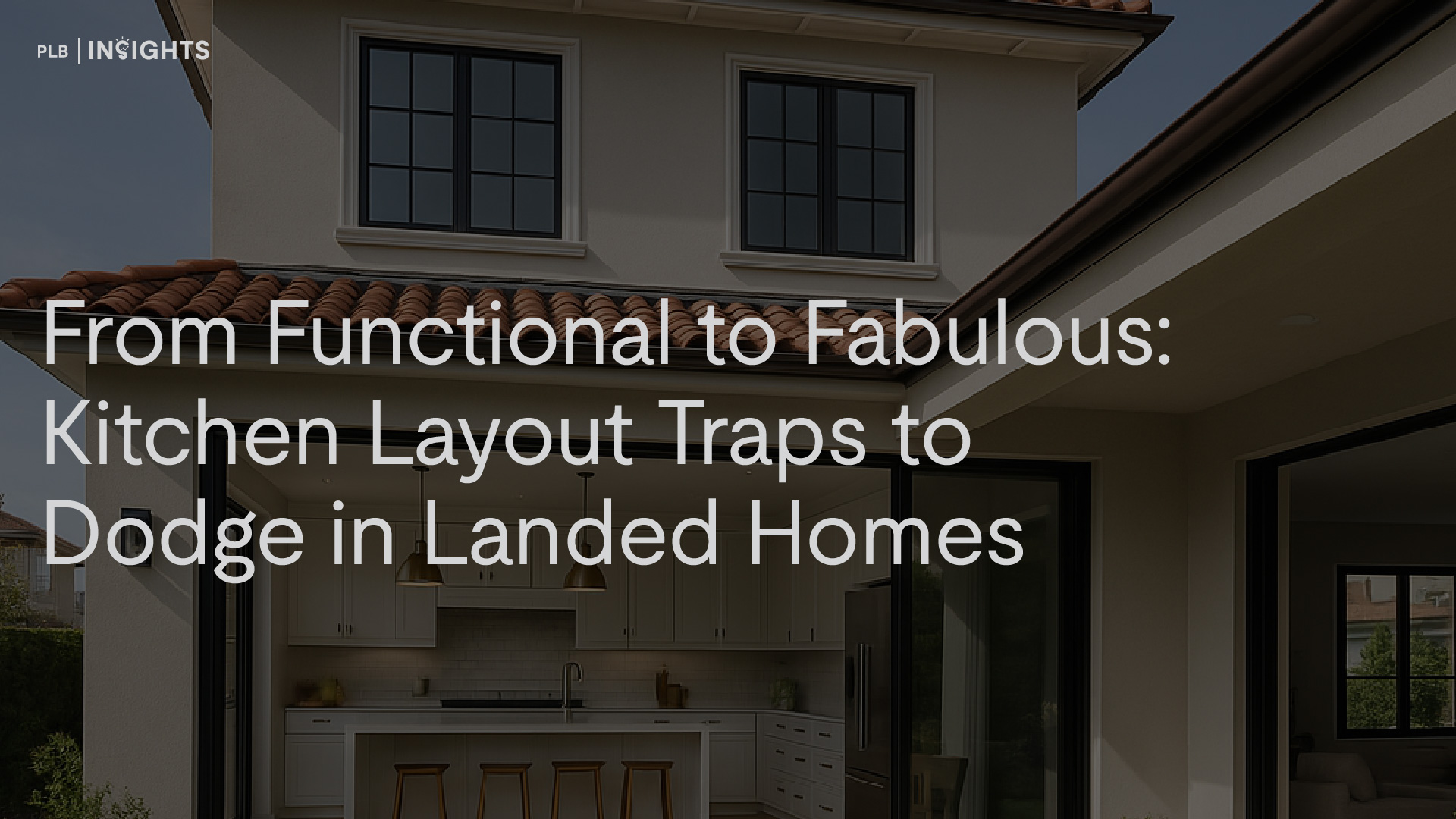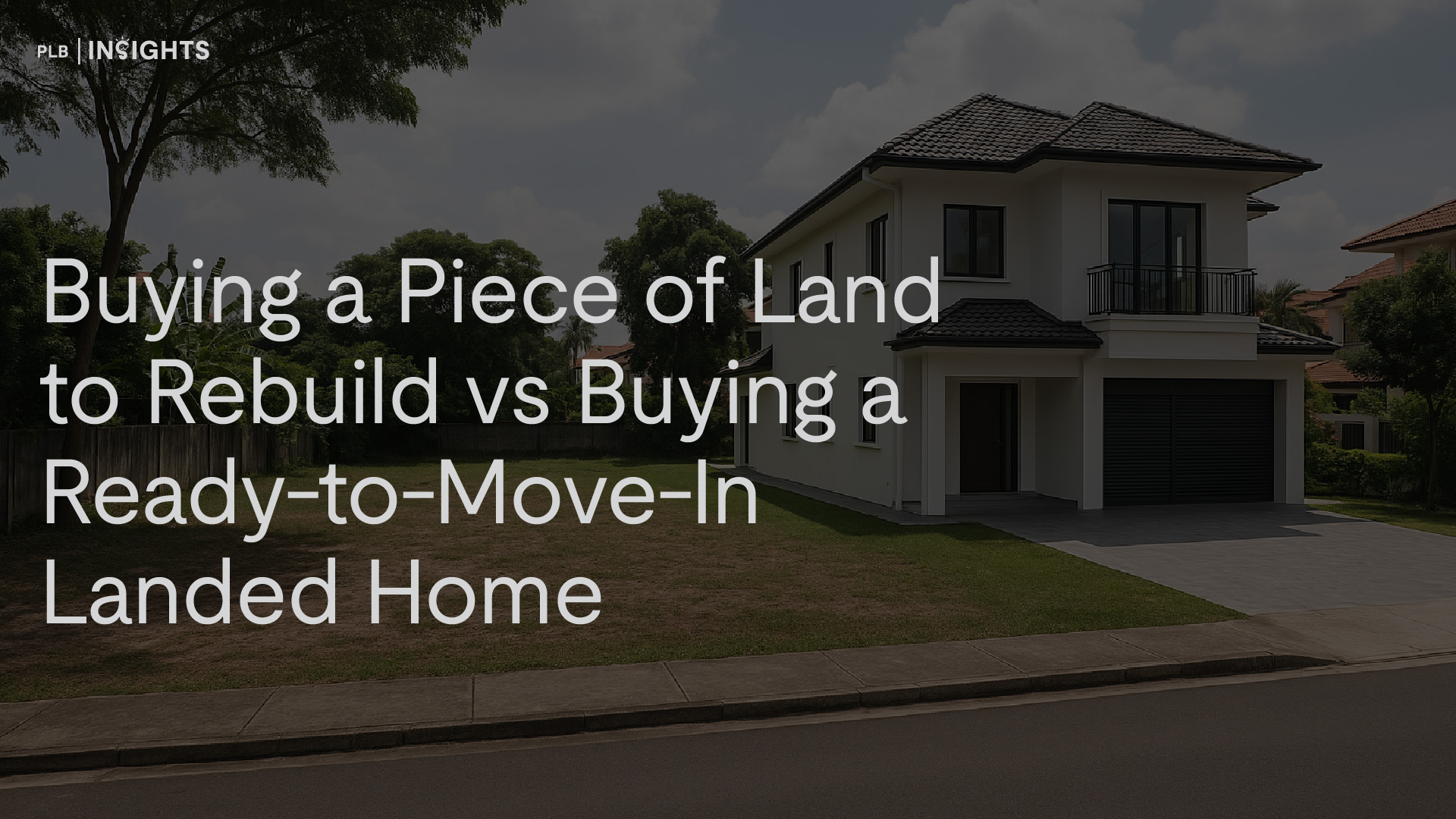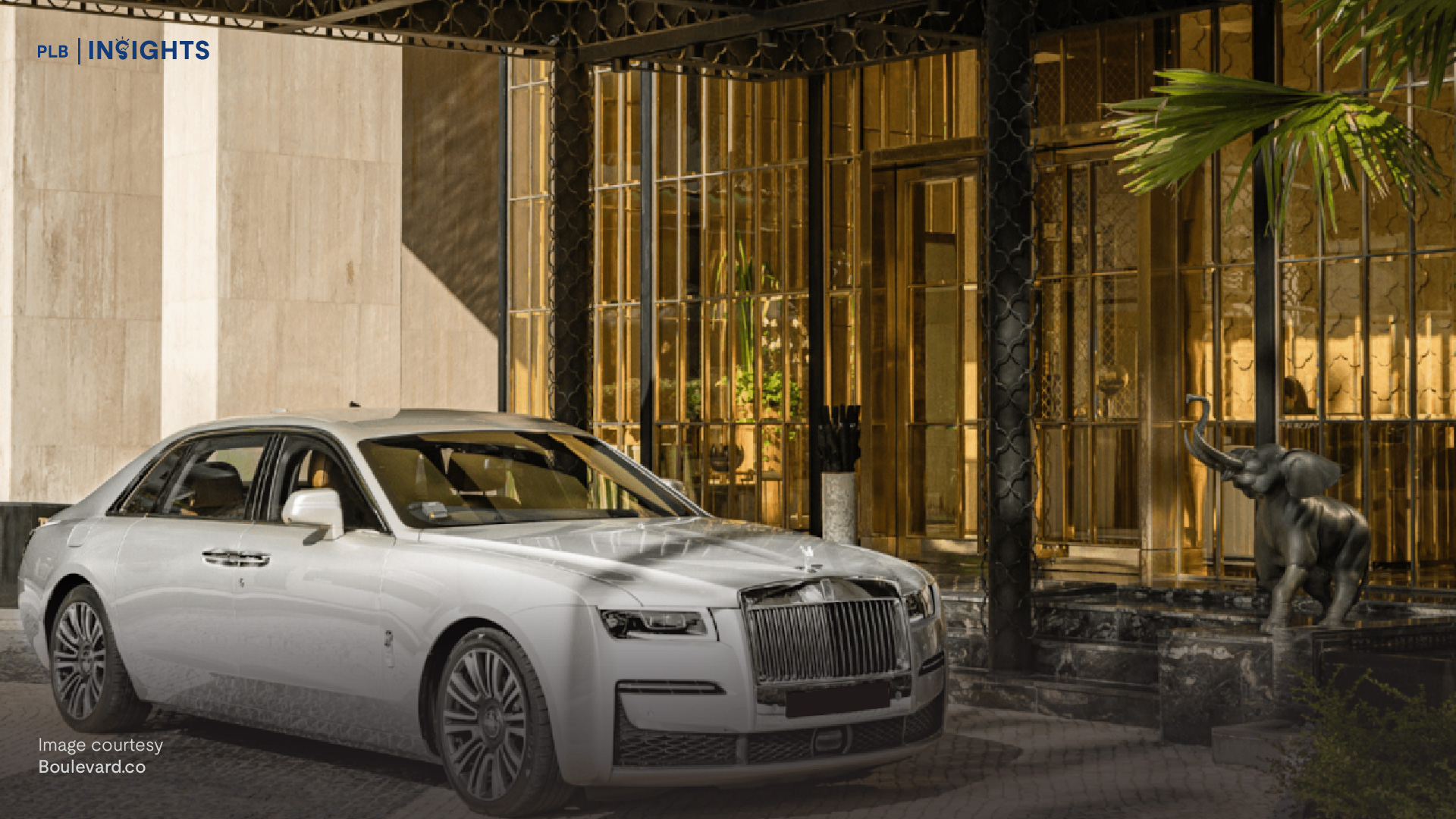
As Singapore progresses towards a sustainable future, green building practices are becoming a cornerstone of its urban development strategy, shaping the way we design and construct our living spaces. For discerning homeowners and developers of pure landed homes, adopting these practices goes beyond following a trend—it reflects a profound commitment to environmental stewardship, long-term cost efficiency, and elevated living standards.
With an increasing emphasis on reducing carbon footprints and conserving resources, the integration of sustainable materials and energy-efficient designs has gained traction in the landed property landscape. This shift not only benefits the environment but also enhances the overall value and functionality of homes.
In this article, we delve into what green building practices entail, the materials and associated costs to consider, the advantages they offer to homeowners, practical green home design ideas, and how these align with Singapore’s government initiatives toward sustainability.
Singapore’s Government Support for Green Homes
Singapore has set an ambitious goal to achieve net-zero emissions by 2050 as part of its long-term low-emissions development strategy. While pure landed home builders are not currently required to follow green building practices, it wouldn’t be surprising if such mandates are introduced in the future, similar to those already in place for larger development projects. For now, the government has introduced several initiatives to support the journey toward a net-zero emissions target:
Green Mark Certification
The Building and Construction Authority (BCA) introduced the Green Mark Scheme to assess and certify buildings for their environmental performance. Owners of pure landed homes can choose to apply for this certification, which highlights their properties as sustainable assets and potentially increases their value.
Singapore Green Building Masterplan
As part of its Green Plan 2030, Singapore aims to green 80% of buildings by gross floor area by 2030. This initiative supports the adoption of green building practices across all property types, including pure landed homes.
Financial Incentives
The government provides incentives such as grants and rebates for adopting renewable energy systems and energy-efficient technologies, reducing the financial burden on homeowners.
Understanding Green Building Practices
Green building practices focus on designing and constructing homes that reduce environmental impact while promoting energy efficiency, resource conservation, and the well-being of occupants. For pure landed homes in Singapore, these practices can involve:

Essential Green Building Features
1. Energy Efficiency
Energy efficiency is the cornerstone of green homes. Pure landed properties, given their typically larger footprint, have a higher potential for energy consumption. Incorporating the following features can significantly reduce energy use:
Solar Panels: Harnessing Singapore’s abundant sunlight with solar panel systems allows homeowners to produce their own clean energy, potentially achieving energy neutrality.
High-Performance Windows: Double-glazed windows with low-emissivity coatings help regulate indoor temperatures and reduce cooling needs.
Smart Home Technology: Automation systems for lighting, heating, and cooling improve energy efficiency by optimising usage patterns.
2. Water Conservation
Given Singapore’s water scarcity challenges, green homes should prioritise efficient water use:
Rainwater Harvesting Systems: Collecting and reusing rainwater for irrigation or other non-potable uses is a practical solution.
Low-Flow Fixtures: Installing water-saving taps, showerheads, and dual-flush toilets can drastically reduce household water consumption.
3. Sustainable Materials
The choice of construction materials plays a pivotal role in green building:
Recycled or Reclaimed Materials: Using materials like reclaimed wood, recycled metal, and eco-friendly concrete reduces resource depletion and waste.
Low-chemical Paints and Adhesives: These materials enhance indoor air quality by minimising the release of harmful volatile organic compounds.
Cross-Laminated Timber (CLT): A durable and renewable material that offers high strength and sustainability compared to traditional concrete.
4. Biophilic Design
Biophilic design integrates natural elements into living spaces:
Green Roofs and Walls: Adding vegetation improves insulation, reduces urban heat, and enhances air quality.
Natural Ventilation and Daylighting: Strategically designed openings and skylights maximise natural airflow and lighting, reducing reliance on artificial systems.
Practical Green Features for Pure Landed Homes
Explore these inspiring design ideas to create a cosy, comforting, and visually appealing pure landed home, all while embracing eco-friendly practices.
Energy-Efficient Windows and Skylights

Investing in double-glazed windows and strategically placed skylights helps to regulate indoor temperatures, reduce reliance on air conditioning, and maximise natural light during the day.
Rainwater Harvesting Systems

Installing rainwater collection systems can provide a sustainable water source for irrigation, outdoor cleaning, or even indoor non-potable uses, reducing water bills and promoting resource conservation.
Solar Power Integration

Beyond standard solar panels, advanced solar roof tiles can blend seamlessly with the home’s aesthetics while harnessing clean energy, offering a modern alternative for energy independence.
Smart Home Automation

Equipping homes with smart energy monitoring systems allows homeowners to track and optimise electricity usage, such as adjusting lighting and air conditioning based on occupancy patterns.
Eco-Friendly Outdoor Spaces

Designing outdoor spaces with permeable paving, native plants, and shaded seating areas enhances the home’s environment while reducing water use and promoting biodiversity.
Composting Areas and Green Waste Management

Incorporating a designated area for composting kitchen and garden waste allows homeowners to reduce landfill contributions and produce natural fertiliser for landscaping.
Insulated Wall Systems

Using advanced insulation materials, such as aerogel or eco-friendly foam, minimises heat transfer, helping to maintain indoor comfort while reducing energy use.
Benefits of Green Living for Homeowners
Enhanced Living Experience
Green homes offer superior indoor air quality, ample natural light, and comfortable temperatures, which contribute to physical health and mental well-being. Biophilic designs create calming environments, reducing stress and enhancing overall happiness.
Cost Savings
While initial investments in green features may be higher, the operational savings from reduced energy and water bills can be substantial. For example, solar panels can cut electricity costs by up to 30%-50%, and efficient water systems reduce utility bills over time.
Resilient Homes
Homes built with sustainable materials are often more durable and weather-resistant, reducing long-term maintenance and repair costs.
Lifestyle and Prestige
Green homes are increasingly viewed as status symbols, representing forward-thinking lifestyles and a commitment to sustainability. For landed homeowners, this elevates the prestige of their property.
Community and Environmental Impact
By adopting green practices, homeowners actively contribute to reducing Singapore’s carbon footprint and support the government’s sustainability goals.
Estimated Costs of Green Building Practices
Upfront Costs
The initial investment for green building practices can be approximately 5% to 10% higher than conventional construction. For example:

Long-Term Savings
The financial benefits of green homes accumulate over time:

In Conclusion
Adopting green building practices for pure landed homes in Singapore is more than a nod to sustainability—it’s a commitment to creating homes that harmonize with nature while offering long-term financial and lifestyle benefits. By implementing green design ideas and aligning with Singapore’s ambitious green agenda, homeowners can elevate their living experiences, contribute to environmental conservation, and enjoy financial rewards.
Building green is not just about homes—it’s about securing a better future for the generations to come. As Singapore strides toward a greener city, pure landed homeowners can play a pivotal role in shaping the nation’s sustainable narrative.
Thank you for reading, and stay tuned! For more detailed insights regarding the landed property market, join our Landed VIP Club and stay updated with the latest market trends and expert advice.
No matter where you are in your real estate journey or if you have pressing questions, we’re here to help. Reach out to us here today, our expert consultants are ready to guide you every step of the way, ensuring your goals and aspirations are met with confidence.
